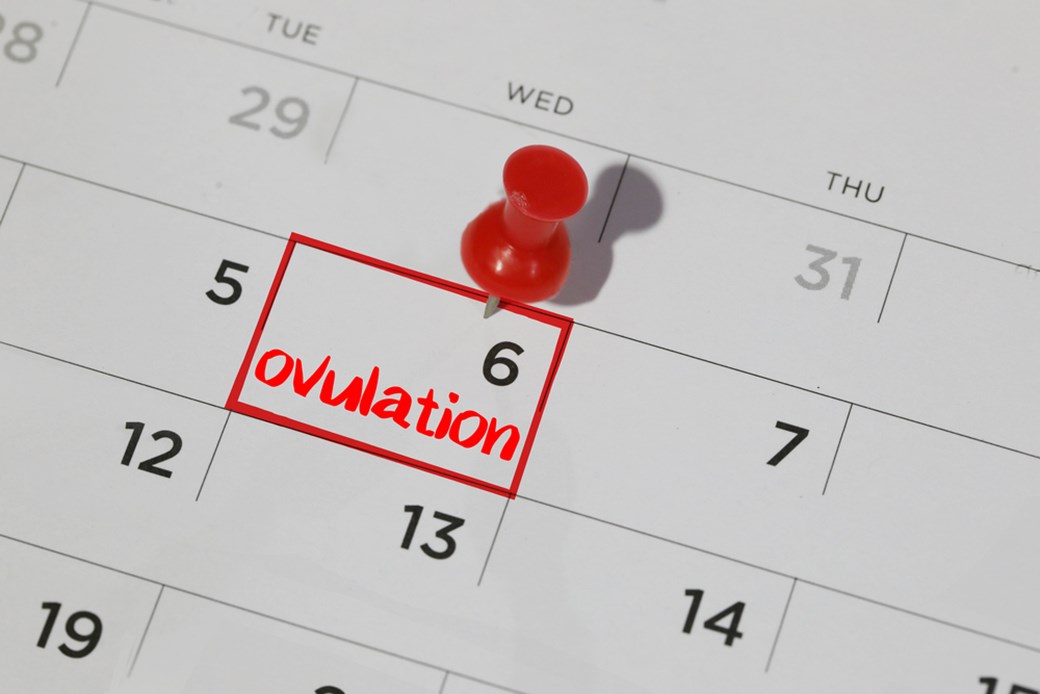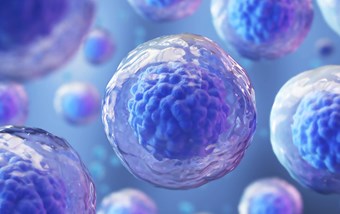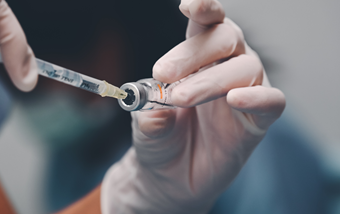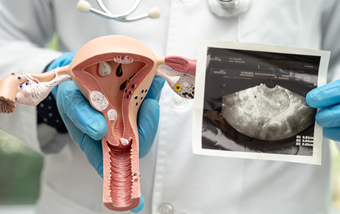It’s not until you first experience a problem or a concern regarding your fertility, and you start to realise just how complex fertility can be.
Daily life and society as a whole would have you believe that conceiving a child is easy. After all, we see babies everywhere. We often hear of people being “surprised” by their pregnancy, a “happy accident”. Even women who don’t want children seem to somehow end up pregnant, and of course there are those women who can’t seem to stop having children, 3, 4, 5 children down and still going.
The truth is however, that conceiving a baby is a very intricate and complicated process entirely dependent on timing.
Maximising my own chances of falling pregnant
I had as little clue as the next person when we first visited the fertility clinic way back in June 2016. I was aware that there was only a certain time every month when it was actually possible to fall pregnant, but when the process of IVF is explained to you; a process that is supposed to mimic what should happen naturally, the realisation of all the tiny facets that must come together at exactly the right moment is truly fascinating. In a way, it made me feel a little better to realise that getting pregnant naturally wasn’t such an easy thing.
As I’ve mentioned in previous blogs, my infertility is caused by one blocked fallopian tube. This means that whilst the other is still working as it should, I still have the option of falling pregnant naturally. In all the years my husband and I have been trying, this has only happened once that we know of. However, to fall pregnant without the aid of IVF would be a dream come true so it was of great importance for me to be aware of exactly when I was most fertile and how I could improve my chances of becoming pregnant naturally.
Your ‘fertility window’
This is one of the most common questions asked by women trying to conceive: “when is a woman at her most fertile?”
The average menstrual cycle is 28 days but this can vary from woman to woman and it’s important to be aware of these dates, especially before you attend any initial appointment at a fertility clinic as this is one of the first questions you’ll be asked. This information is vital as an IVF cycle is based around your menstrual cycle so it can work in conjunction with your natural course.
Being aware of your cycle is also an important factor when trying to conceive naturally as it’s a key piece of information in trying to determine the time after your period when it’s best to get pregnant. This is known as the ‘fertile window’ and usually occurs in the five days prior to ovulation and then on the day of ovulation itself. There are various sources that will tell you what specific day gives you the optimum chance of getting pregnant, and usually this tends to be 2-3 days before ovulation, however I have found that getting too hung up on the details can just increase your stress levels. And we all know that stress and trying to conceive never go hand in hand.
So, the next question a lot of people ask is “when do I ovulate?”. In an average 28-day cycle, ovulation usually occurs around day 14. The first day your period starts is classed as day 1, day 14 is ovulation, therefore days 9-14 would be your fertile window, however as mentioned above, days 12, 13 and 14 would be the optimum time according to various authorities on the subject.
It is important to note however that the information above is based on a 28-day cycle. This used to be classed as an average cycle length for most women. However, studies in recent years have found that women can experience cycles anywhere from 21 days to 35 days. Not only that, but even in women who do experience 28 day cycles, studies specifically focussing on ovulation have found that is does not always occur on day 14. It is therefore vitally important to also try and get to know your body and look out for the signs and symptoms that will indicate ovulation so you can better track your fertile window and the best time to get pregnant after your period. It is sometimes useful to do this for a few months so you can keep a note of what happens when.
What are the signs of ovulation in a woman?
The most obvious signs to indicate ovulation are as follows:
- An increased Basal Body Temperature (BBT) - This is the temperate of your body when you’re resting. During ovulation, this can peak slightly therefore it’s good practice to take your temperature every morning right after you wake up, prior to getting up to the toilet or taking a shower. Charting it over a period of a few months should show a peak every month indicating ovulation.
- Breast tenderness – Due to the changes in your hormone level around the time of ovulation, you may notice a tenderness in your breasts.
- Discharge – As unpleasant as it can be, signs of vaginal discharge can be one of the most common signs of ovulation. In the days leading up to ovulation, the estrogen levels in your body increase, causing a change to the consistency of your cervical mucus. You may notice this when going to the toilet as it can resemble the appearance of egg whites.
These are the most obvious symptoms of ovulation but others to look out for are pelvic pain, an increased sex drive and swollen lymph nodes on either side of your pelvis.
As I have mentioned, every woman is different, and identifying your most fertile period is definitely not a ‘one size fits all’ approach. That’s why it’s vital for you to take charge of your own cycle and really pay attention to your body’s natural course. Not only will this be of great advantage to your fertility team if you’re undergoing IVF, but it will also give you the best chance of being able to conceive naturally, something that we all hope to do eventually.




